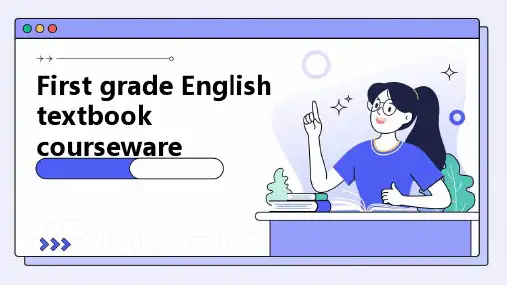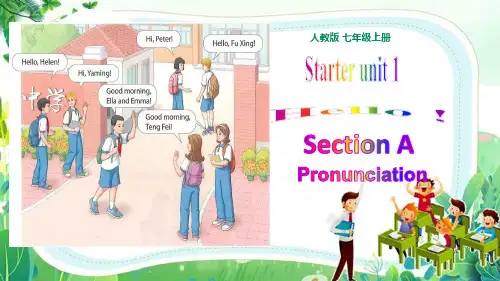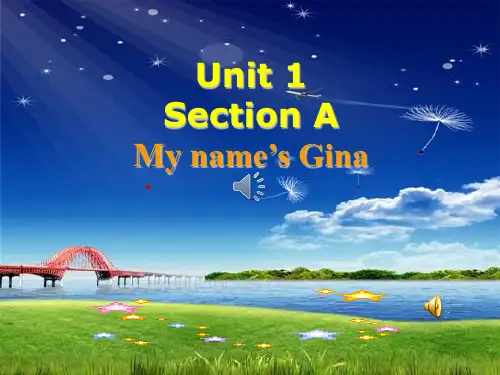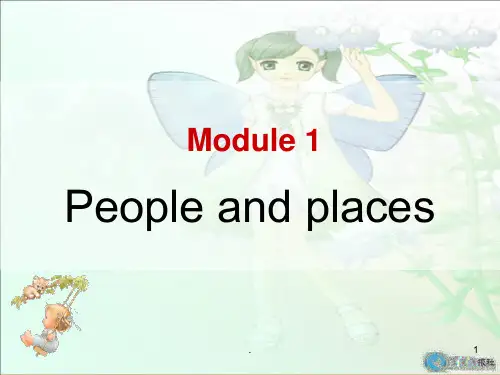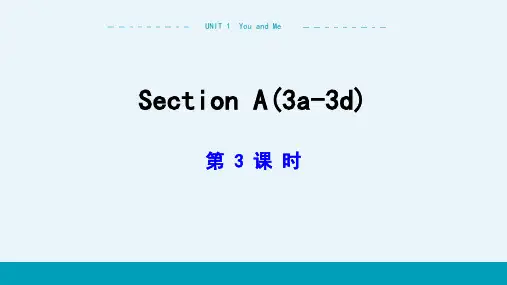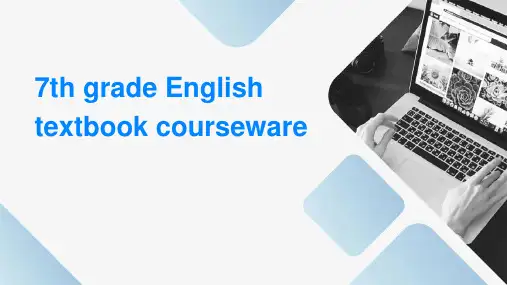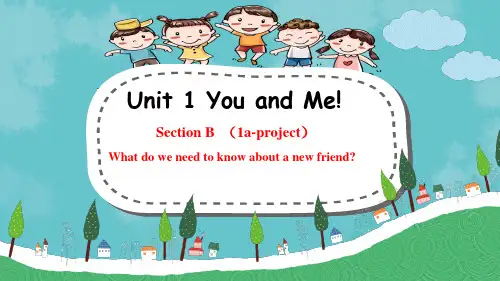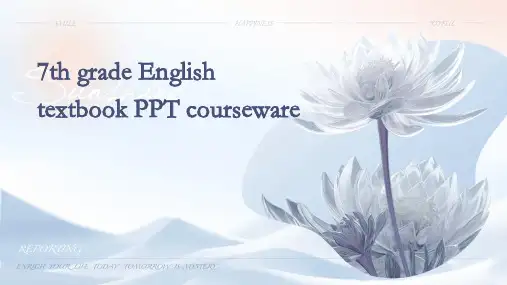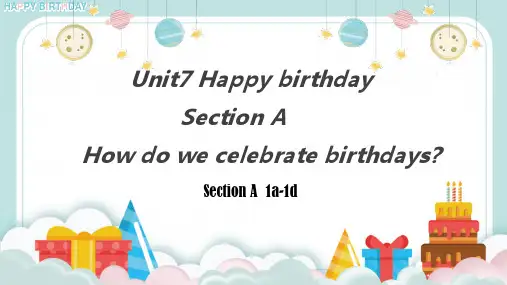七年级英语上册全部课件
- 格式:ppt
- 大小:762.00 KB
- 文档页数:107
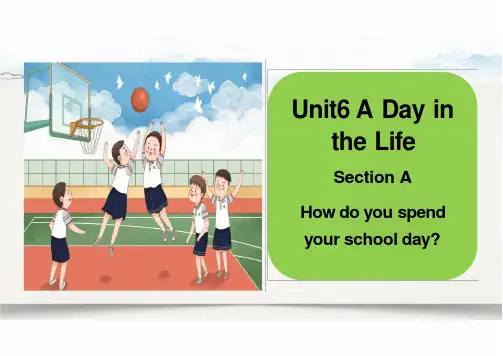
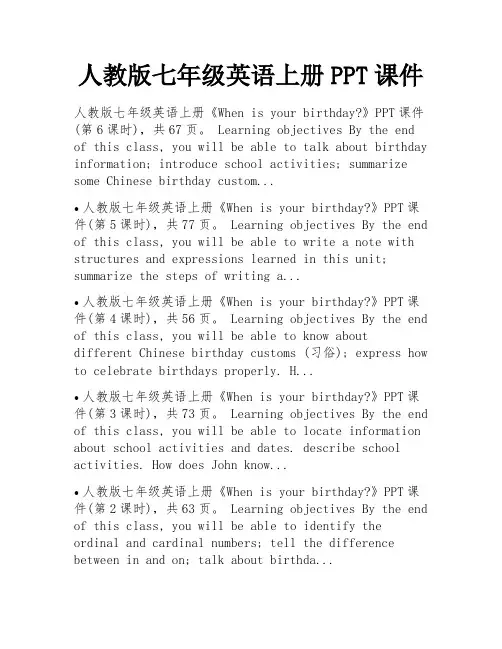
人教版七年级英语上册PPT课件人教版七年级英语上册《When is your birthday?》PPT课件(第6课时),共67页。
Learning objectives By the end of this class, you will be able to talk about birthday information; introduce school activities; summarize some Chinese birthday custom...•人教版七年级英语上册《When is your birthday?》PPT课件(第5课时),共77页。
Learning objectives By the end of this class, you will be able to write a note with structures and expressions learned in this unit; summarize the steps of writing a...•人教版七年级英语上册《When is your birthday?》PPT课件(第4课时),共56页。
Learning objectives By the end of this class, you will be able to know aboutdifferent Chinese birthday customs (习俗); express how to celebrate birthdays properly. H...•人教版七年级英语上册《When is your birthday?》PPT课件(第3课时),共73页。
Learning objectives By the end of this class, you will be able to locate information about school activities and dates. describe school activities. How does John know...•人教版七年级英语上册《When is your birthday?》PPT课件(第2课时),共63页。
